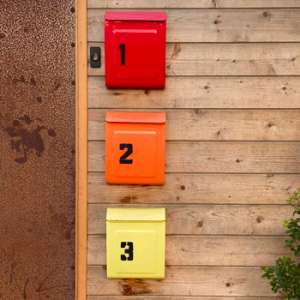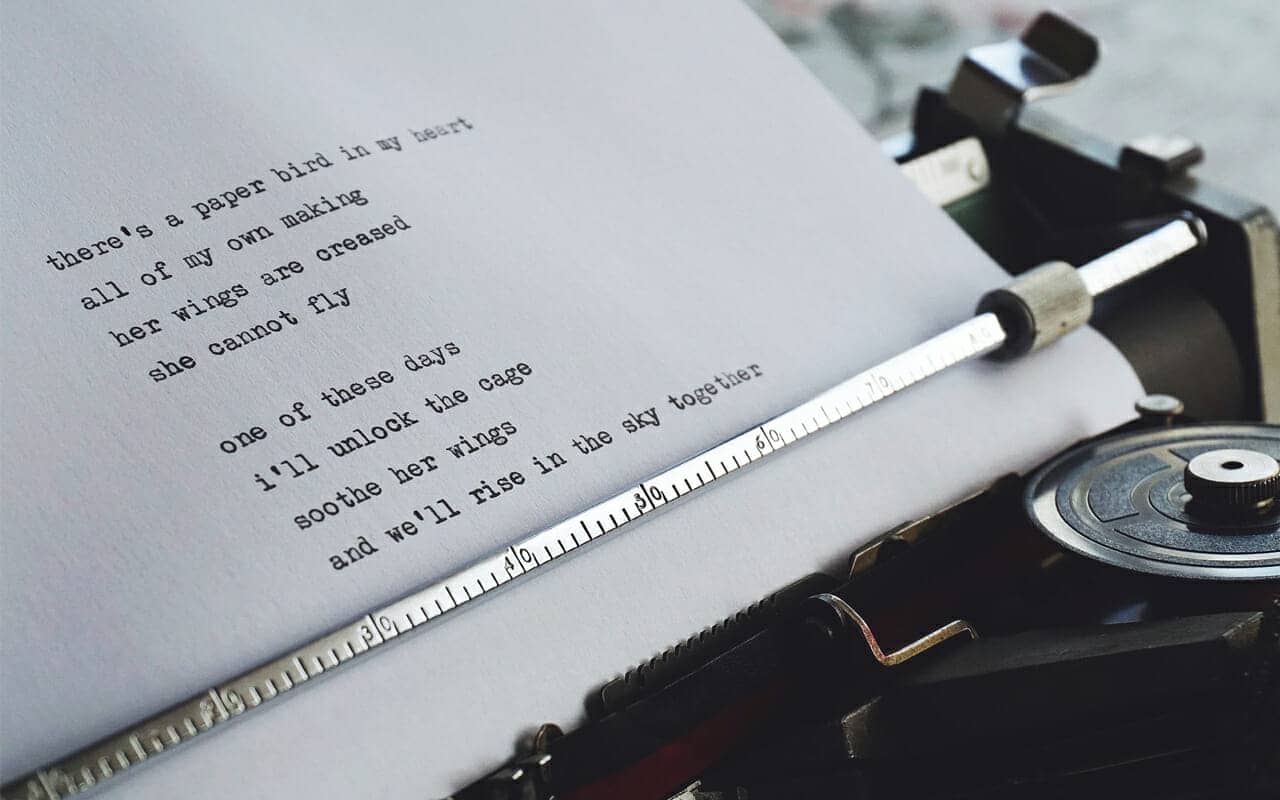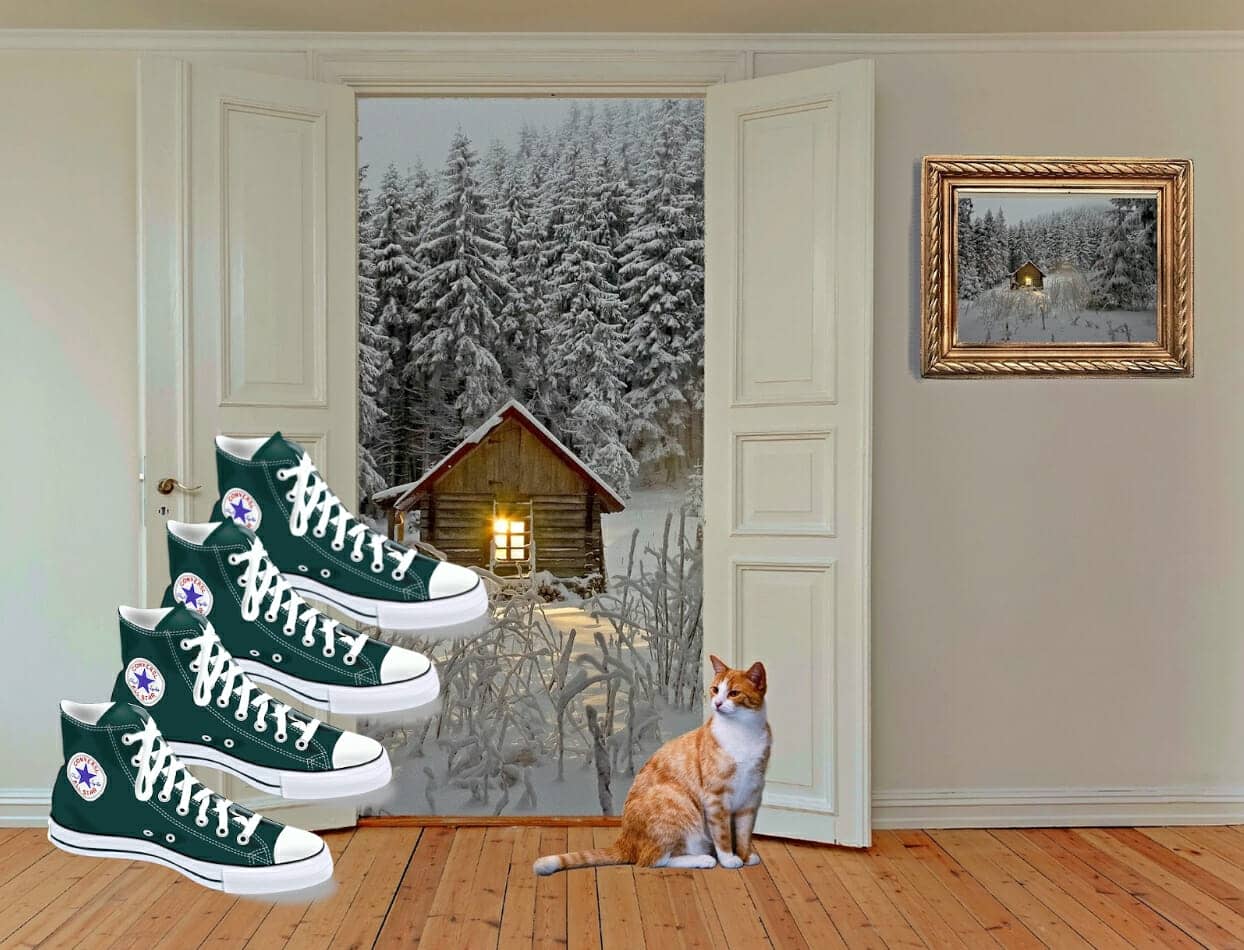Podcast: Download
Subscribe: Apple Podcasts | RSS

Whether it’s items you need from the grocery store or an index of medical terms you need to pass an exam.
Enter the real magic of the number rhyme system.
This simple trick is used by students around the world in multiple fields.
Mentalists use it to create astonishing illusions.
And you can use it too. Simply take a few minutes to learn it and practice this unique mnemonic tool with information you want to remember.
The best part?
It’s fun, fast and one of the best memory techniques for both kids and adults alike.
Ready?
Let’s get started.
What Is the Number Rhyme System?
Number rhymes or counting rhymes are a variation on the pegword method.
That is, they allow us to follow a series of established associations, sometimes called mnemonic images.
But the key difference here is that all of the mnemonic images rhyme. And we know from studies like this one that kids absolutely remember far better when they rhyme words.
Another study has shown that there’s a memory advantage from involving a sense of rhythm, and that works for all ages.
Typically, this kind of pegword works by rhyming each number to with an object or some other reference. Like the following examples I’ve used personally for years:
- Zero is a superhero
- One is a gun
- Two is a shoe
- Three is a bee
- Four is a door
- Five is a hive
- Six is sticks
- Seven is heaven
- Eight is a gate
- Nine is wine
- Ten is a hen
If you like any of these images, feel free to use them. Or come up with your own.
For example, some people use a “bun” instead of a gun because they don’t like weapons.
For myself, I switched “heaven” for my friend Evan. He’s much more memorable than that rather vague concept.
That said, if you like heaven, a trick is to make it more concrete, perhaps by thinking about the ceiling of the Sistine Chapel.
I do that for most of these. For example, 3 is a bee is generic. But I make the mnemonic rhyme specific by using Jerry Seinfeld as a bee from The Bee Movie.
How to Use the Number Rhyme System
The purpose of this mnemonic system is to “attach” or “associate” information you don’t know what simple mental images.
Then, by elaborating something like a story between the target information and the number rhyme, you’ll find it easier to remember the list of what you want to remember.
For example, let’s say you need to remember that you want to research architecture.
You would then go to your number rhyme system and imagine a famous piece of architecture wrapped up in a bun.
Then, if your second research project is to research steel, you could have steel bars filling up a shoe.
These associations help trigger your memory because of the combination of rhyming the numbers and associating them with the target information.
The cool thing is that if someone tests you: “What was item 5 on your list?” You’ll be able to instantly tell them what that item was.
Things might be a bit trickier if you’re trying to memorize information like the amendments to the constitution. But you will still benefit by attaching your rhymed images to each amendment.
How to Practice the Number Rhyme System
When it comes to practicing this system, there are a number of things you can do. We’ve already looked at remembering research topics you want to look up in the future.
(This type of use will strengthen your prospective memory, by the way.)
More ways to practice include using the system to memorize lists of:
- Vocabulary
- Names of people
- Names of places
- Book titles
- Historical dates
- Number tests
- Medical information like remembering vital signs
- Any kind of information collected into lists you need to memorize
And this mnemonic strategy will work for just about anything that involves simple items or ideas that don’t involve a lot of words. I wouldn’t suggest using this approach to memorize a poem, however, though you certainly could give it a try.

The hardest thing for many people is putting the time together to create lists of information to memorize. Here are some suggestions:
- For vocabulary, use the dictionary
- For names, use something like the Internet Movie Database
- For place names, open up Google Maps and memorize street names
- For book titles, use your bookshelves or Ebook catalog
You can also explore software options like the free International Association of Memory training software.
Expanding From The Number Rhyme System
Usually, once people have a taste for the power of using number rhymes to memorize lists, they want more.
One of the next levels of skill to explore involves the Major System. It lets you memorize numbers in a highly refined way. Instead of using rhymes, you associate the digits 0-9 with consonants. You then turn these consonants into memorable words.
The Major can be evolved even further by creating a PAO System. Instead of having words to help you memorize numbers, you also use people, actions and objects in a strategic manner.
Finally, the technique that governs them all: The Memory Palace. It allows you to store information in your mind by placing things like rhymes in an imaginary way throughout a building.
For example, let’s say you’re helping your kids learn memory techniques. You know that 2 rhymes with shoe and 4 rhymes with door.
To help your kids remember that 2×2=4, you can use the number rhyme system in combination with a Memory Palace.
If you learn to use the Memory Palace technique strategically, it’s easy to place the entire multiplication table along a simple journey in one or two buildings.
Learn More Memory Systems Now
What you’ve discovered today is really just the beginning of an incredible adventure you can enjoy using memory techniques to learn and remember more.
If you’d like more information on how these techniques help you stop forgetting things, register now for my FREE Memory Improvement Kit:
It will show you exactly how to develop a robust Memory Palace Network that scales. You never have to forget important information again.
So what do you say?
Are you ready to master your memory using number rhymes?
Although it’s a simple start to a much larger universe of memory techniques, it will remain useful and powerful for the rest of your life.
Related Posts
- Stoic Secrets For Using Memory Techniques With Language Learning
Christopher Huff shares his Stoic secrets for using memory techniques when learning a language. You'll…
- The German Professor Who Defends Memory Techniques for Language Learning
This professor defends memorization techniques for learning foreign languages and has the science to prove…
- Mnemonics, Language Learning And Virtual Memory Palaces In Discussion With Timothy Moser
Two memory skills enthusiasts reveal all.







4 Responses
Dear Anthony sir,
I made a winged angel-castle as my first mind palace where I have been storing information as modified photographs of known objects/beings. Recently I have placed my rhyme number-objects in that same castle so that I can make changes in those ten serial numbers/photos/beings/things to store list type information. Is my way of using your techniques also going to help me build big and instant palaces like you in the future? Or do I have to make any changes in my idea of how the information is stored?
Thank you
Yours sincerely,
Interesting question.
Do you have an intuition regarding how you could use your approach to build multiple Memory Palaces instantly?
I can imagine one possible way of doing it, but I’m not sure it would be worth the time or effort relative to much easier ways of creating and using Memory Palaces.
Because I’m not experienced enough with memorizing using techniques, I feel like maybe the road I’ve taken might be more complicated or time consuming than that of yours, I can’t say for sure. So I’m rather just curious if there is actually an easier way of achieving the perfect mind palace technique.
There will always be ways to make it more time consuming, and there will always be ways to speed up the process.
But “perfection” is not a goal. Only progress toward specific benchmarks that are reasonably measurable can serve as a goal.
Your stated goal of “big and instant” Memory Palaces is actually two goals. No truly big Memory Palace will ever be instant, but entirely sufficient Memory Palaces can be instant if you know the techniques thoroughly and well.
To do that, study and practice the techniques with a master you know, like and trust. And beware of the memory teacher who simply hands you answers, as so happens on forums.
Each learner must earn the knowledge of the great memory tradition through study and practice. If there was another way, I’d be teaching it.
And the good news is, most people can enjoy masterful memory skills within a weekend or less if they get the study part done with decent training.